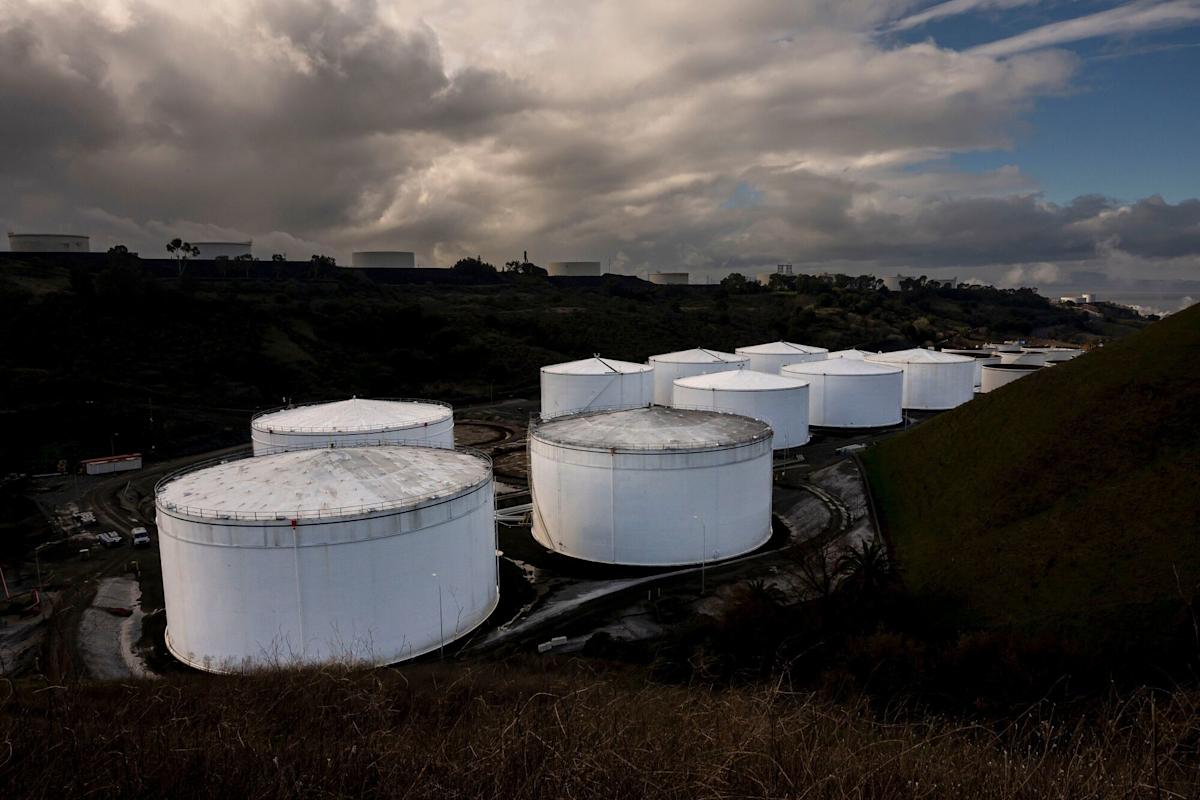
Oil Prices Drop Amid Fragile Iran-Israel Ceasefire
Oil Price Movements Amid Geopolitical Tensions
Oil prices experienced a notable drop following the announcement of a fragile ceasefire between Israel and Iran. Brent crude, the global benchmark, fell 4.3% to trade near $68.44 per barrel, while West Texas Intermediate (WTI) crude declined 4.3% to $65.55 per barrel. This sharp decline comes after an initial spike in prices due to fears of escalating conflict in the Middle East. The conflict had previously raised concerns over potential disruptions to global oil supply, particularly through the Strait of Hormuz, a key waterway for approximately 20% of the world’s oil flows.
The de-escalation has temporarily eased market concerns, leading to a reversal in the risk premium built into oil prices during the height of the conflict. Analysts also noted that Iran’s missile strikes over the weekend, while retaliatory, were limited in scope and avoided critical energy infrastructure, further reducing the likelihood of sustained disruptions to oil supply.
Market Response to Ceasefire Announcement
Market analysts have largely interpreted the ceasefire as a short-term relief for global energy markets. Deutsche Bank analysts remarked that the past 12 days of geopolitical tension appear to have caused temporary disruptions without long-lasting market effects. US stock futures reflected optimism, with the Dow Jones, S&P 500, and Nasdaq all trading higher.
Attention has also shifted to supply-demand dynamics and OPEC+ strategies. The group, which includes major oil producers such as Saudi Arabia and Russia, is set to meet in early July to discuss potential adjustments to production levels. Analysts at JPMorgan project that oil prices will remain largely anchored by broader market fundamentals, despite the geopolitical shocks. The expected increase in global production could further stabilize prices in the months ahead.
Future Outlook for Oil Prices
Looking ahead, oil prices are predicted to stabilize within the $60 to $70 range, provided the ceasefire holds and no significant disruptions occur. However, risks remain tied to the potential breakdown of the ceasefire or unexpected supply interruptions. Goldman Sachs has estimated that a prolonged disruption in the Strait of Hormuz could push oil prices above $100 per barrel, though this scenario currently appears unlikely.
OPEC+ production strategies will also play a critical role in shaping the market. If the group increases production as anticipated, it could further alleviate upward pressure on prices. For now, analysts expect that the easing of geopolitical tensions will allow markets to refocus on economic policies and supply-demand fundamentals, keeping oil prices relatively stable barring any major escalation in the region.
 Sources
Sources- Oil prices sink Trump seeks maintain fragile ceasefire Israel, Iran
 yahoo
yahoo - Oil falling it’s cheaper Iran-Israel conflict | CNN Business
 cnn
cnn - Oil Holds Slump Mideast Conflict Shifts Fragile Ceasefire
 yahoo
yahoo
- Oil prices sink Trump seeks maintain fragile ceasefire Israel, Iran
 yahoo
yahoo - Oil falling it’s cheaper Iran-Israel conflict | CNN Business
 cnn
cnn - Oil Holds Slump Mideast Conflict Shifts Fragile Ceasefire
 yahoo
yahoo




